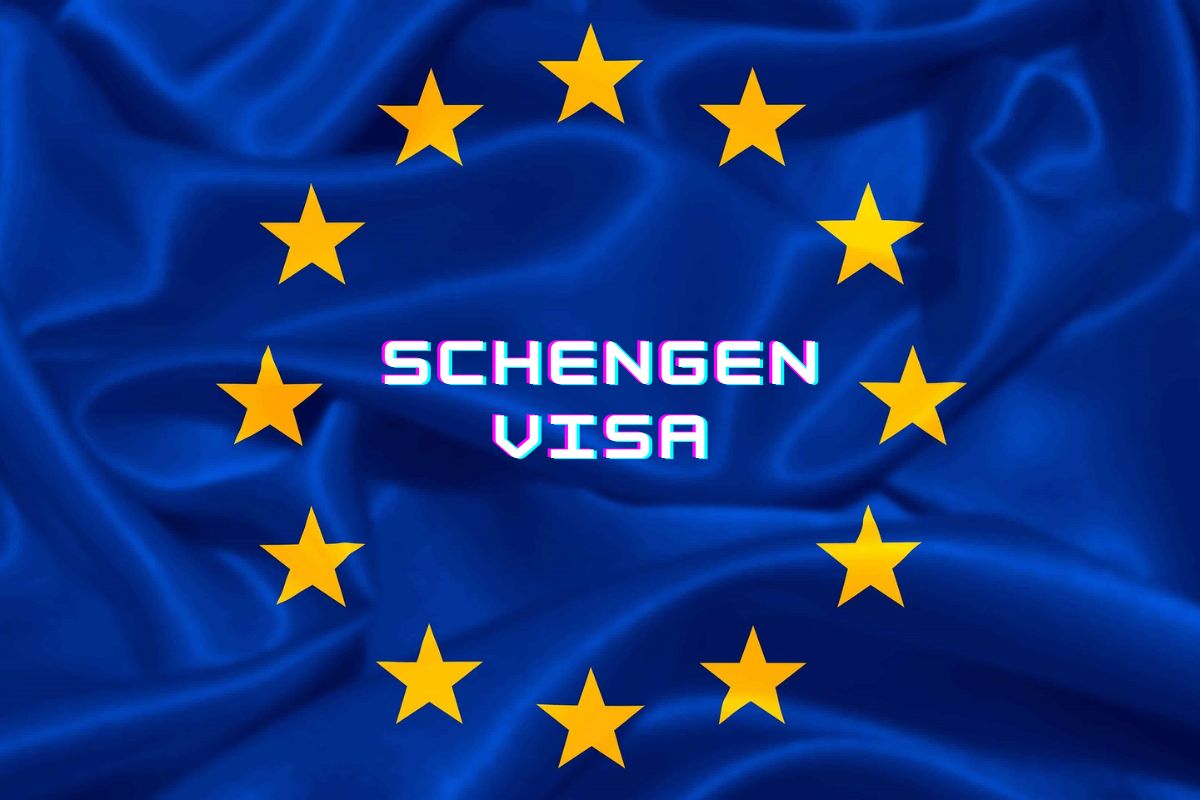For nationals of third countries seeking entry into the Schengen Area, obtaining a Schengen visa can be an arduous journey. Long waiting periods for visa appointments, complex application requirements, and lengthy processing times have consistently frustrated applicants.
Despite efforts by the European Union (EU) and its Member States to enhance visa procedures, applicants continue to express their discontent.
In this article, we explore the challenges faced by Schengen visa applicants and initiatives undertaken by Member States to accelerate visa processing and streamline application procedures.
Long Waiting Times for Visa Appointments
Applicants have often lamented the seemingly interminable wait times for Schengen visa appointments. Availability can be elusive, leaving applicants uncertain about when they will secure a slot.
Additionally, some embassies have raised concerns by retaining passports for extended periods, only to grant short-term, single-entry visas, defying established guidelines.
A Schengen Visa applicant, expressed frustration, stating, “Appointments take forever, and then there is no way to guarantee the validity of a visa. Sometimes one week, sometimes one year. The entire guidelines of if you’ve had two-year visas, you can get a three-year visa, etc., seems to be not followed at all.”
In a bid to address these concerns, Switzerland has been actively updating its national visa system to improve the user experience and streamline application procedures in accordance with EU regulations.
The Swiss Federal Department of Foreign Affairs emphasizes continuous assessment of visa acceptance centres, expansion when necessary, and outsourcing in specific locations to enhance accessibility.
Also Read: 17 Non-Schengen Countries You Can Visit With a Schengen Visa
Sweden’s Geographical Coverage Approach
Sweden is also committed to facilitating the visa application process. While not opening new visa application centres, the Swedish Migration Agency continually evaluates geographical coverage to enhance applicant accessibility. To cope with surges in application volumes during peak seasons, they bolster staffing.
The Visa Code, a generous regulatory framework, allows frequent travellers to obtain longer-validity, multiple-entry visas. However, the Agency emphasizes adherence to regulations in handling all applications, underscoring their inability to deviate from the code.
EU Commission’s Call to Action
In response to increased demand following the lifting of COVID restrictions, the European Union Commission urged Member States to address long waiting times by releasing more appointment slots.
Anitta Hipper, the European Commission Spokesperson for Home Affairs, revealed challenges related to intermediaries using sophisticated IT tools to book appointments on behalf of applicants. She emphasized the need for embassies and consulates to adhere to rules and boost operational capacities to combat delays, particularly during holiday seasons.
The revised Visa Code, implemented in February 2020, introduced several improvements to Schengen visa application rules. Notably, the application period was extended from three to six months before the intended visit, and Member States began issuing long-validity, multiple-entry visas for eligible applicants.
Embracing Digitalization for Efficiency
The ongoing digitalization of the visa procedure is expected to streamline and modernize visa application processes, reduce administrative burdens, and enhance processing times.
As the visa application process transitions online, applicants can submit applications digitally, saving costs associated with travelling to consulates or visa application centres.
Furthermore, digital issuance of visas eliminates the need for physical visa stickers and document retrieval costs, offering a more convenient and cost-effective solution for applicants.
Countries with the Highest and Lowest Rejection Rates
While all Schengen visa-issuing countries adhere to the same processing rules, recent data from Schengen Visa Statistics reveals varying rejection rates.
Iceland, Lithuania, and Latvia have the lowest rejection rates in 2022, making them the easiest countries to obtain a Schengen visa. Iceland, in particular, boasts a mere 1.9% rejection rate.
On the other hand, Malta, Sweden, Belgium, and France have the highest rejection rates, underscoring the disparities in visa issuance among Schengen countries.
Conclusion
The challenges associated with obtaining a Schengen visa are a source of ongoing frustration for applicants. However, efforts by Member States and the EU Commission to enhance the visa application process through improved access, speed, and transparency are gradually alleviating these issues.
As digitalization and streamlined procedures become the norm, applicants can look forward to a more efficient and predictable visa application process within the Schengen Area.
Follow and connect with us on Facebook, Twitter, LinkedIn, Instagram and Google News for the latest travel news and updates!





